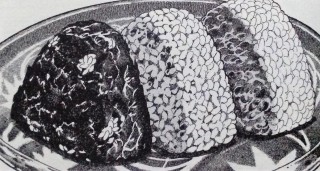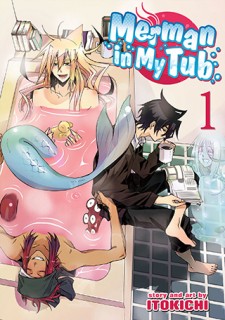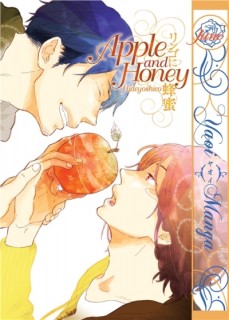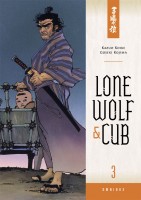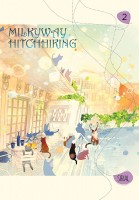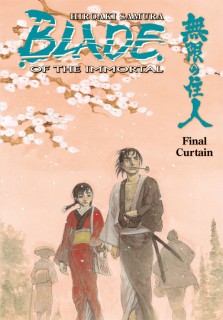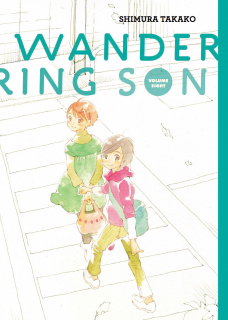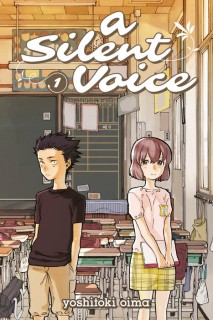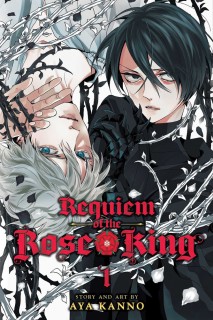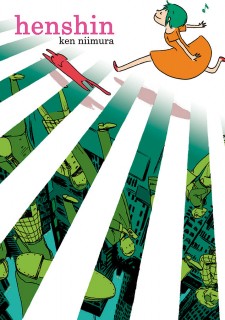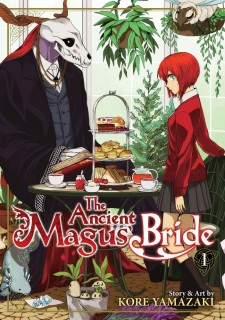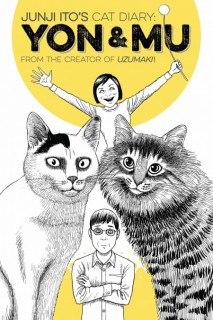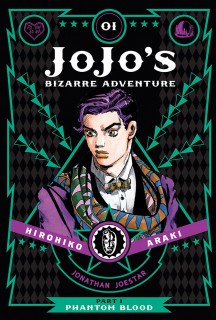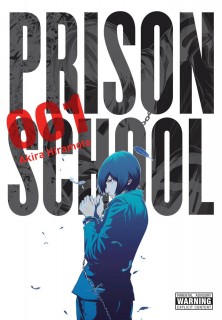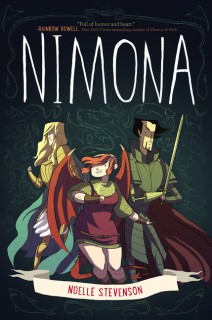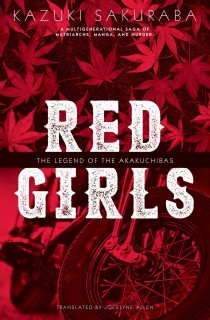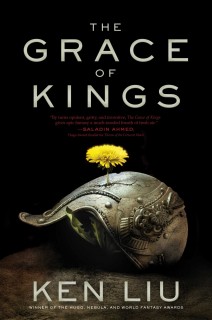Well, here it is! The last Bookshelf Overload for 2015. For anyone who regularly follows this particular feature, it’s probably immediately obvious that the number of books that made their way onto my shelves last month is significantly smaller than usual. As alluded to in November’s Bookshelf Overload, it will likely be quite a while before the days of absurdly large monthly acquisitions returns. There’s a very good reason for this: In what is simultaneously one of the best and worst decisions that I’ve made in my life, I’m currently in the process of buying a house. Thus, my spending habits must be adjusted accordingly and for the foreseeable future I’ll need to be much more selective in my purchases. That being said, there were a few manga released in December that I simply couldn’t pass up. It was a great month for Makoto Yukimura fans, whose Planetes is once again available in English in a new and improved edition courtesy of Dark Horse Comics. The most recent Vinland Saga omnibus was released, too. (Look for a review to come soon; it was excellent.) I was also very happy to see the release of Kore Yamazaki’s The Ancient Magus Bride, Volume 3 and am greatly looking forward to starting Wataru Watanabe’s Yowamushi Pedal. Also, Die Wergelder by Hiroaki Samura of Blade of the Immortal fame has made its debut. (I’ll likely be reviewing this series as well.)
Manga!
The Ancient Magus Bride, Volume 3 by Kore Yamazaki
Die Wergelder, Omnibus 1 by Hiroaki Samura
From Far Away, Volume 13 by Kyoko Hikawa
Mobile Suit Gundam: The Origin, Volume 12: Encounters by Yoshikazu Yasuhiko
Pandora Hearts, Volumes 11-19 by Jun Mochizuki
Planetes, Omnibus 1 by Makoto Yukimura
Tenjo Tenge, Omnibus 8 by Oh!Great
Vinland Saga, Omnibus 7 by Makoto Yukimura
Yowamushi Pedal, Omnibus 1 by Wataru Watanabe
Comics!
Purity: The “Post-Yaoi” Anthology edited by Anne Notation and A. E. Green
Teleny and Camille by Jon Macy
Anthologies!
Southern Exposure: Modern Japanese Literature from Okinawa edited by Michael Molasky and Steve Rabson


